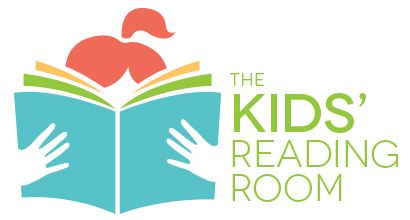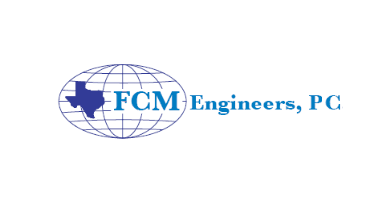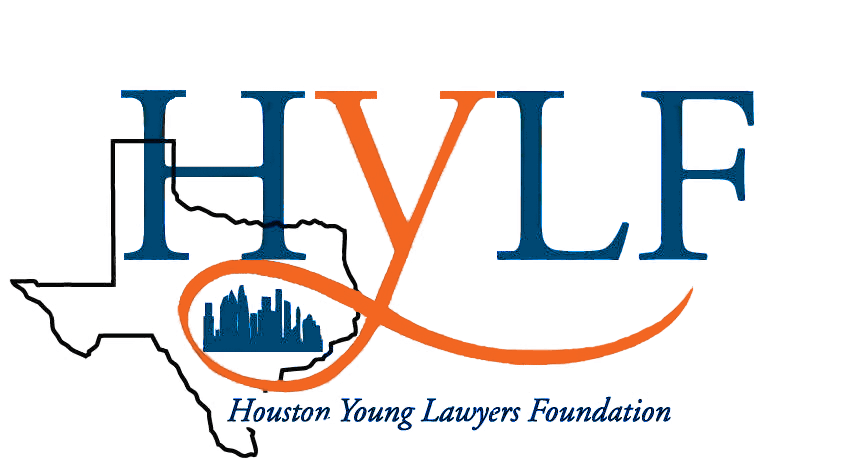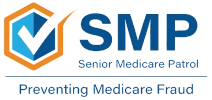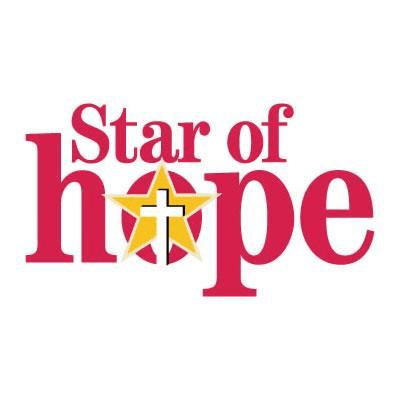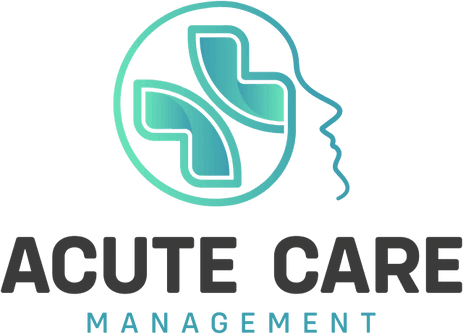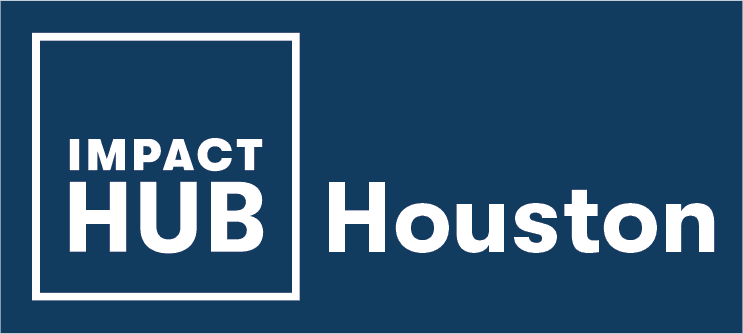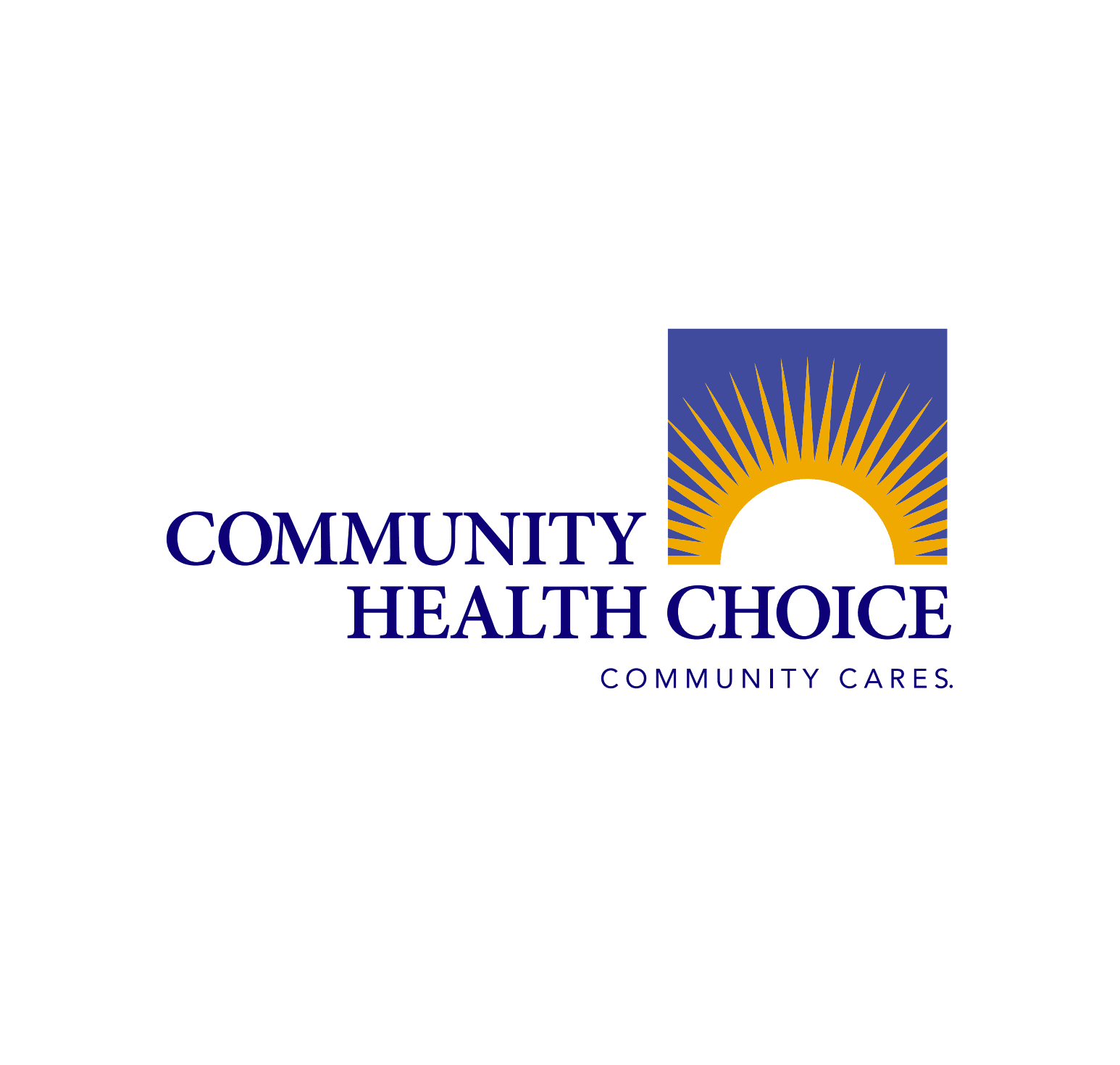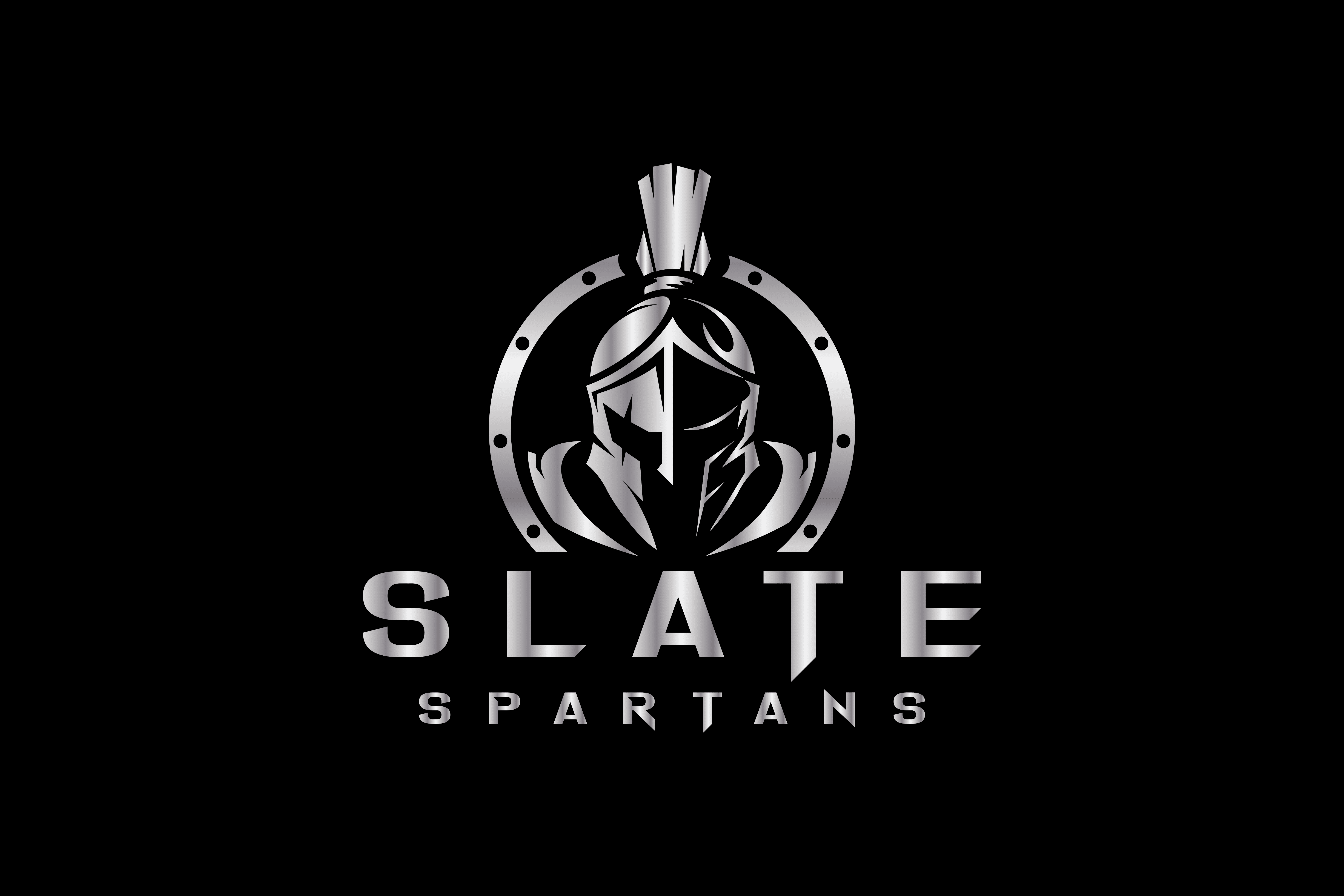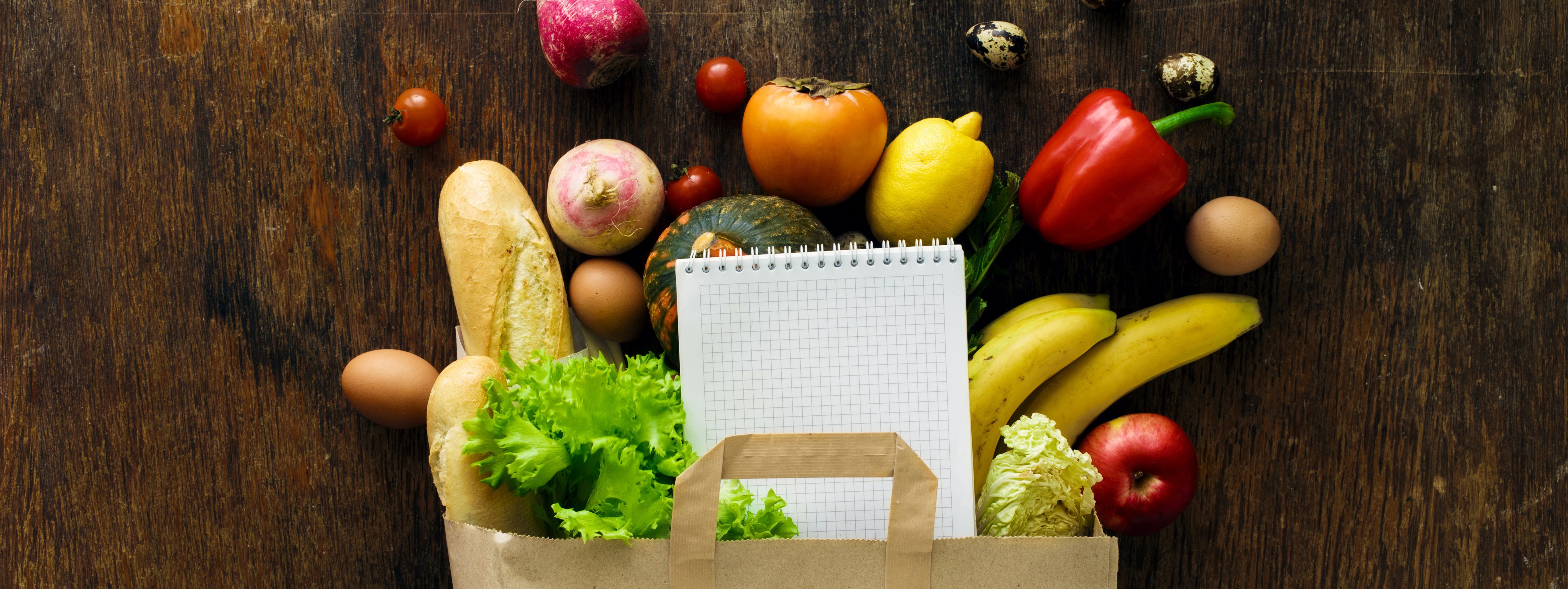
Due to the COVID-19 pandemic and inflation, the cost of groceries has increased greatly.
Many families face food insecurity, particularly single-mother households, where rent is significant, leaving little left over for other living expenses like groceries.
What is food insecurity?
The US Department of Agriculture defines food insecurity as a “household-level economic and social condition of limited or uncertain access to adequate food”.
Most households have difficulty making ends meet and affording other living expenses, including groceries.
Several factors contribute to food insecurity, including unemployment, low income, lack of affordable housing, chronic health conditions, and racial discrimination, according to Feed America.
As a result of food insecurity, many families face incredibly harsh choices. These include choosing between paying rent, groceries, transportation, and other bills, according to Feed America.
The issue of inflation worldwide for groceries
The soaring prices of groceries have been particularly painful for many households because of inflation. Consequently, many families are struggling to feed their families.
According to Fortune experts, data from the research indicated that in 2022, 11%-15% of those living in the U.S. struggled with securing their next meal.
What does food insecurity look like for single-mother households?
According to Move for Hunger, out of 349 million people experiencing food insecurity around the world, 60% are female.
There are 30.2% of single-mother households experience food insecurity. “Many women in the U.S. do not have access to sufficient food to feed themselves are their families”, according to Move for Hunger.
Compared to married women, single-mother households have a higher risk of food insecurity as they are responsible for taking care of their families without any financial support, according to Move for Hunger.
Before the COVID-19 pandemic, about 13.7 million U.S. households had inadequate access to food. Out of many households, single-mother households had suffered incredibly, according to Move for Hunger.
Single-mother households with children had a food insecurity rate of 24.3% in 2021 compared to 16.2% of single fathers who dealt with food insecurity, according to Move for Hunger.
Although single-father households are also impacted by food insecurity, single-mother households are affected much greater.
According to the USDA, about 25% of single-mother households with incomes below the poverty line have the highest rates of food insecurity.
What does food insecurity look like for Houston households?
Some households in Houston are affected by the incline of grocery prices as they struggle to make choices to purchase meals on a budget.
According to the USDA, between 2018-2020, 13.3% of households in Texas faced food insecurity and 4.9% faced much greater food insecurity.
What does food insecurity look like for single-mother households in Texas?
In Texas, in 2018, there were 1,550,587 married households above the ALICE threshold in Texas, compared with 157,447 single-mother households, according to United for Alice.
In addition, 383,478 married households were ALICE households, while 250,588 single-mother households were ALICE households.
Overall, single-mother households that may earn below the federal poverty line may not have the ability to afford the high cost of groceries to feed their families.
As a part of our site supportive services, Empower CDC offers food pantries available to all Empower residents.








